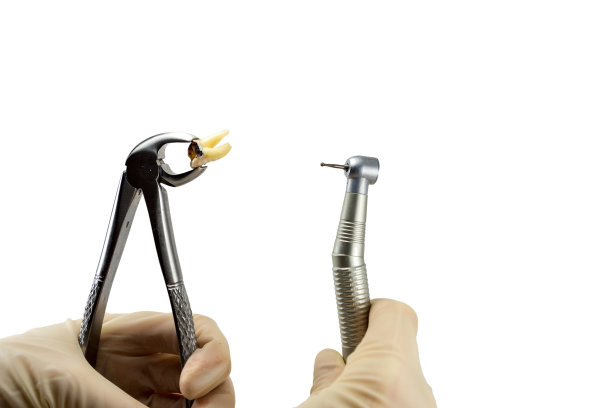The Essential Guide to Extracting a Tooth Painlessly and Safely for Optimal Oral Health
Summary: This article offers a comprehensive guide on the essential methods for extracting a tooth safely and painlessly. Following these guidelines not only alleviates anxiety associated with dental procedures but also ensures optimal oral health throughout the extraction process. Key topics include understanding when extraction is necessary, the various techniques used for painless extractions, post-extraction care for quicker recovery, and the role of professional dental practitioners in the extraction process. Each section is designed to empower readers with knowledge, making tooth extraction a more manageable and less intimidating experience.
1. Recognizing When Tooth Extraction Is Necessary

Tooth extraction may be one of the most daunting procedures for anyone experiencing dental issues. Recognizing when extraction is necessary is the first critical step in managing oral health effectively. Common situations that warrant extraction include severe decay that cannot be repaired, overcrowded teeth necessitating orthodontic treatment, or advanced gum disease affecting the tooths stability.
Another essential aspect of determining necessity is understanding the risks associated with leaving a problematic tooth untreated. Infections can spread, leading to more severe health concerns. Regular dental check-ups are vital as trained professionals can diagnose issues that may not be immediately obvious to patients.
Patient education plays a crucial role in recognizing these signs. Understanding the effect of a failing tooth on surrounding teeth can help prompt timely dental visits, minimizing complications and ensuring an informed decision about extraction.
2. Techniques for Painless Tooth Extractions
Advancements in dental technology have significantly improved the extraction process, making it safer and virtually painless. One of the most common techniques involves local anesthesia, which numbs the specific area of the mouth where the extraction will occur. This method allows patients to remain awake but without any feeling in the targeted location.
Another method is sedation dentistry, which can alleviate anxiety and create a relaxed environment for patients. From nitrous oxide to IV sedation, various options are available, allowing dentists to tailor the level of sedation based on individual needs.
Additionally, understanding the extraction techniques, such as simple extraction for teeth that are visible and surgical extraction for those that are not, can demystify the process for patients. This understanding fosters confidence, helping to alleviate fears that may arise just before a procedure.
3. Post-Extraction Care for Optimal Recovery
The significance of post-extraction care cannot be overstated. Proper aftercare not only ensures that the extraction site heals promptly but also minimizes the risk of complications, such as dry socket. Following the dentists aftercare instructions, including avoiding sucking motions and heavy rinsing for at least 24 hours, is vital in promoting healing.
Additionally, deciding on a diet that supports recovery is essential. Soft foods are recommended in the first few days following the extraction to avoid irritating the surgical site. Hydration is also crucial, but patients should avoid drinking through straws, as this can dislodge blood clots critical for healing.
Monitoring for signs of complications can also aid in recovery. Patients should be vigilant for excessive bleeding, swelling that does not improve, or increasing pain, as these may indicate issues that require immediate attention from a dental professional.
4. Professional Guidance and Management of Extractions
Underlying the effectiveness of painless and safe tooth extraction is the invaluable role of dental professionals. Dentists are trained to assess the conditions requiring extraction and can customize the extraction plan to suit the patients unique circumstances. Their expertise ensures that the procedure is performed efficiently, minimizing discomfort.
Moreover, the importance of trusting one’s dentist cannot be emphasized enough. Open communication about any anxieties or concerns regarding the procedure allows dentists to modify their approach, catering to individual needs and comfort levels.
Finally, regular follow-ups can lead to better long-term oral health outcomes. These appointments allow dentists to monitor the healing process and address any concerns that may arise post-procedure, reinforcing the importance of a collaborative relationship between patients and dental professionals.
Summary:
In conclusion, understanding the essential guide to extracting a tooth painlessly and safely is integral for optimal oral health. Being informed about the need for extraction, the techniques involved, the importance of post-operative care, and the role of dental professionals can significantly ease the entire process.
By empowering individuals with knowledge, we can transform the perception of tooth extraction from a dreaded experience to a manageable and straightforward process. Remember, healthy teeth contribute to a beautiful smile!
This article is compiled by Vickong Dental and the content is for reference only


